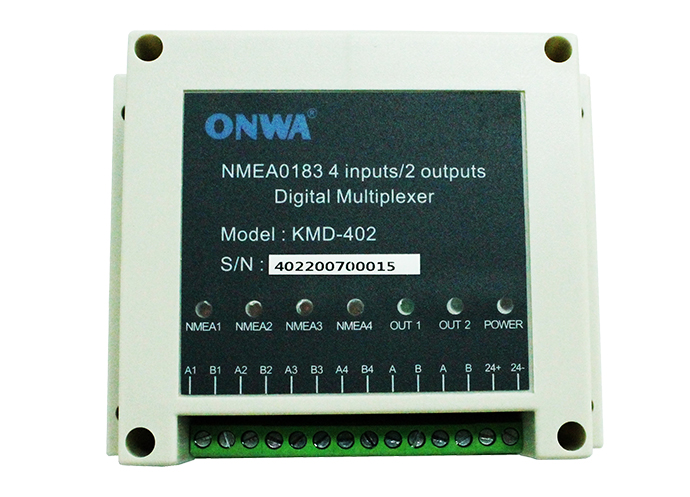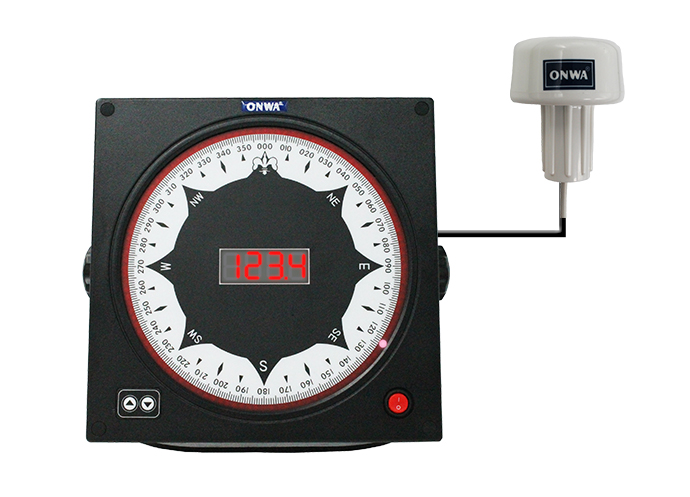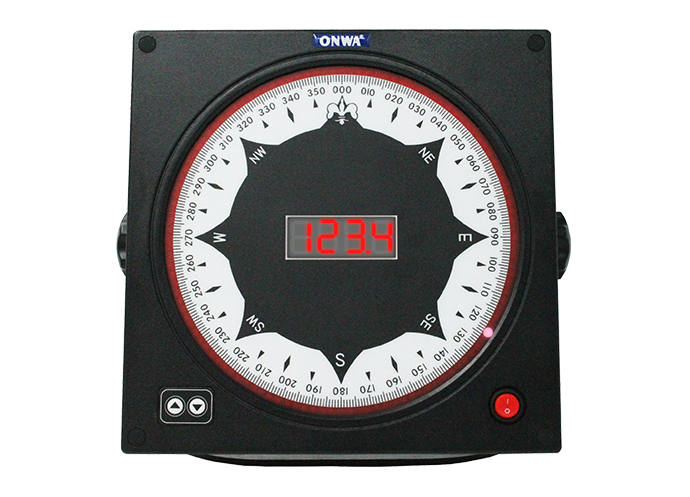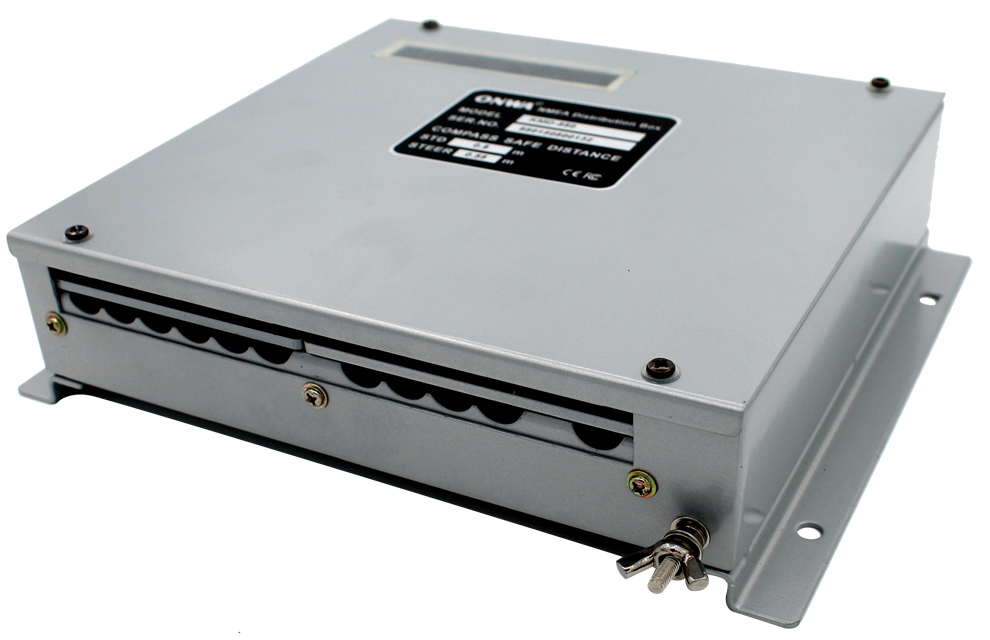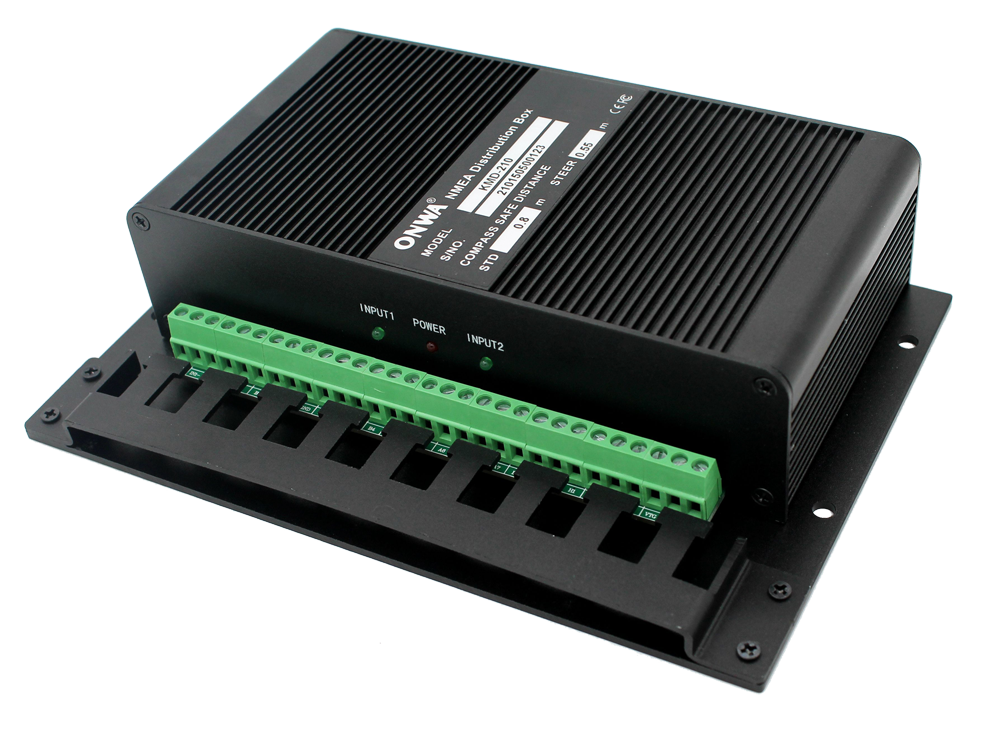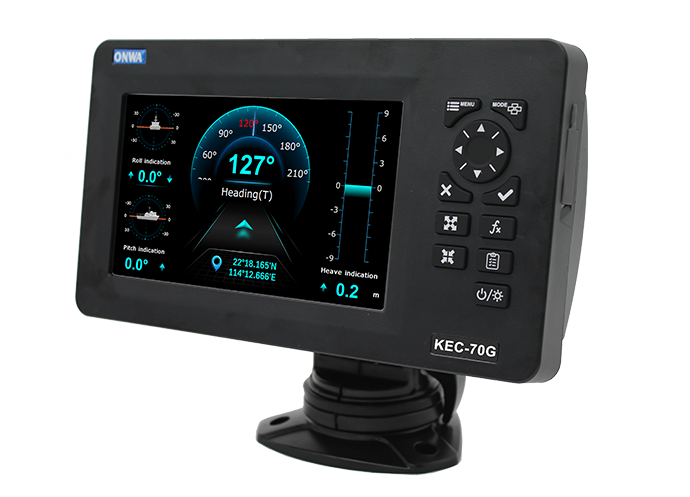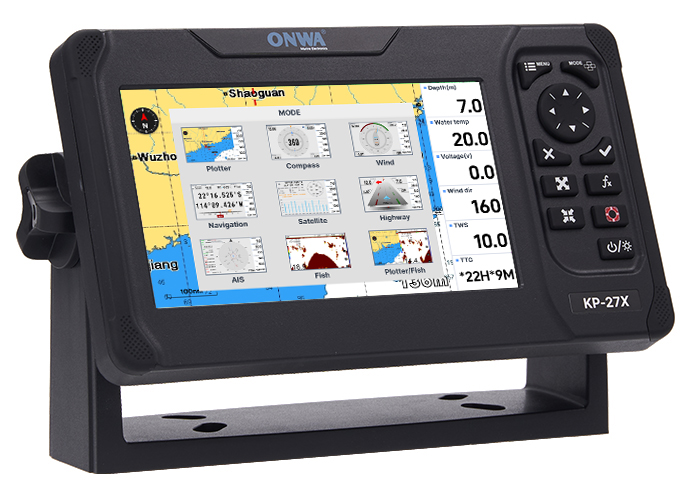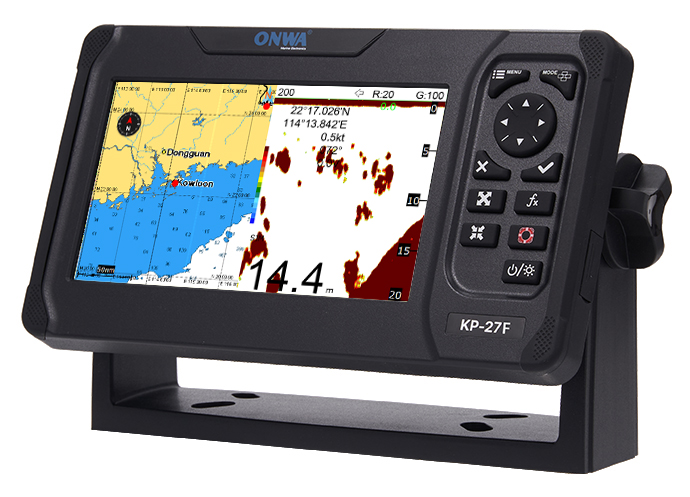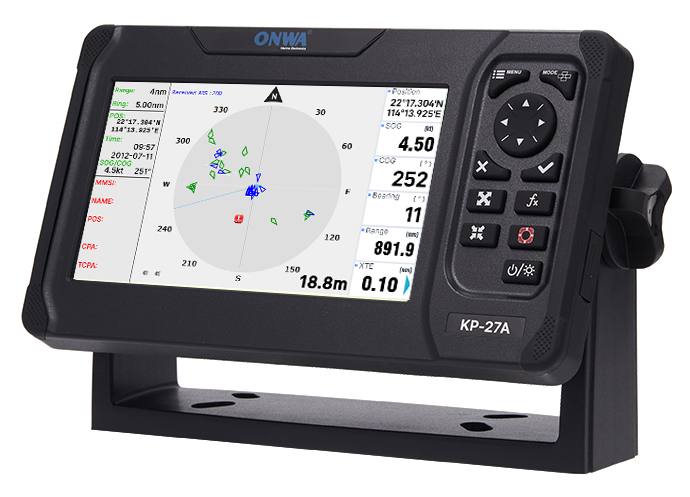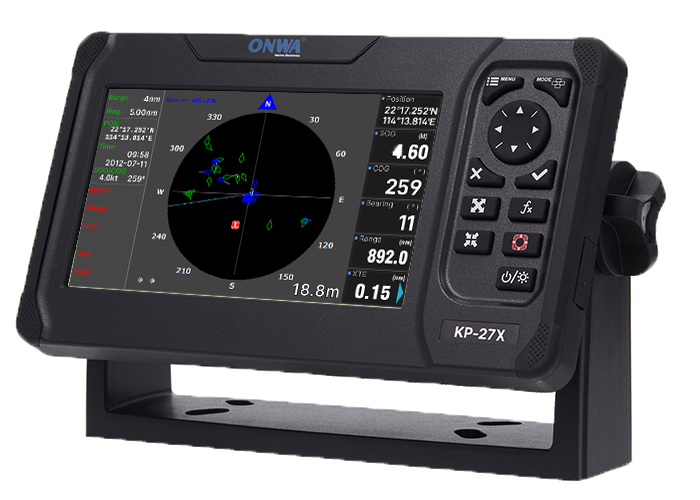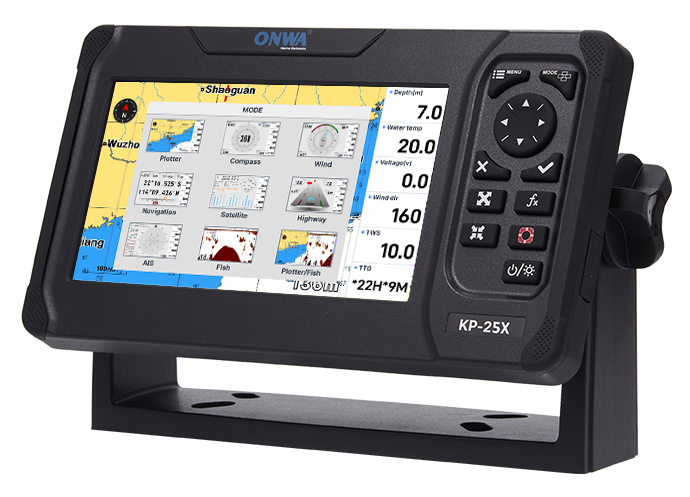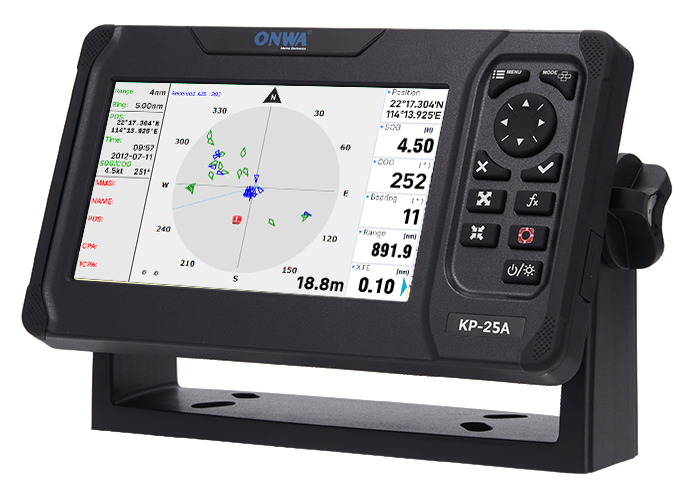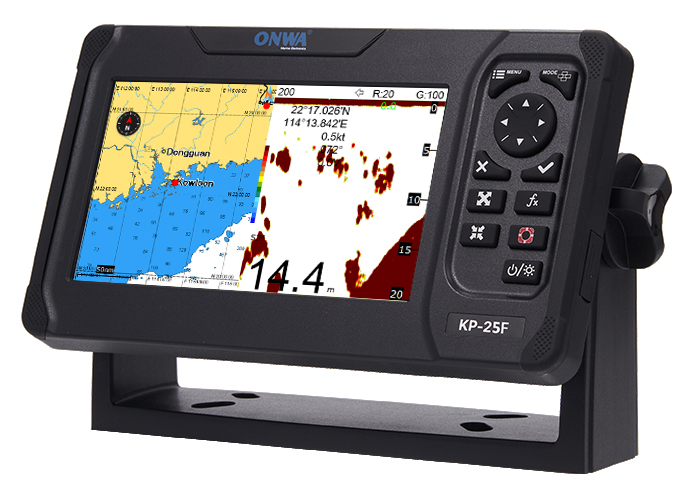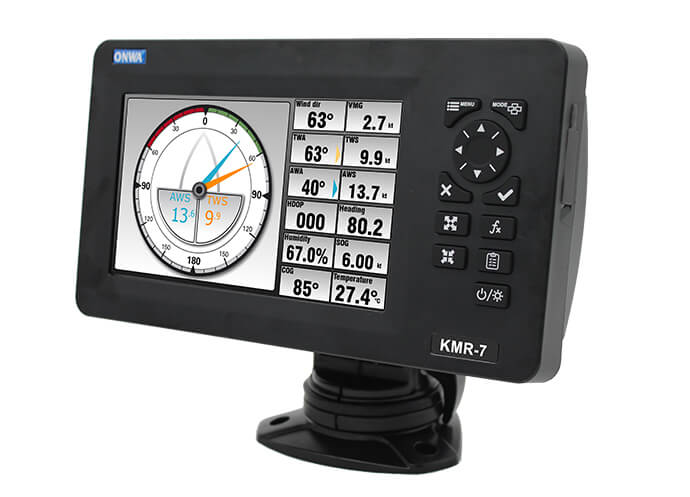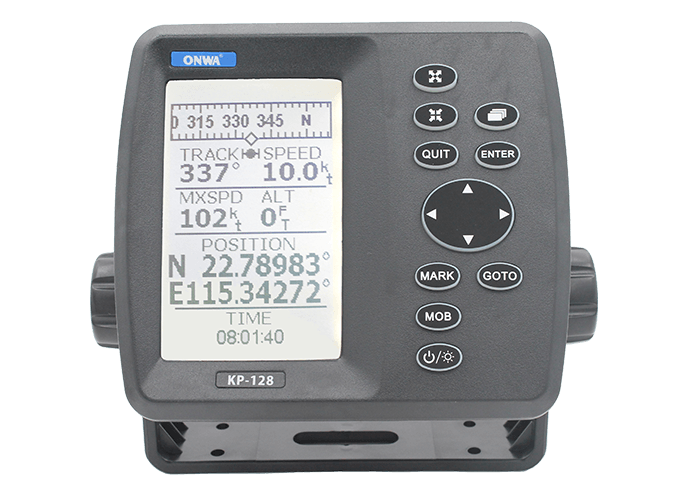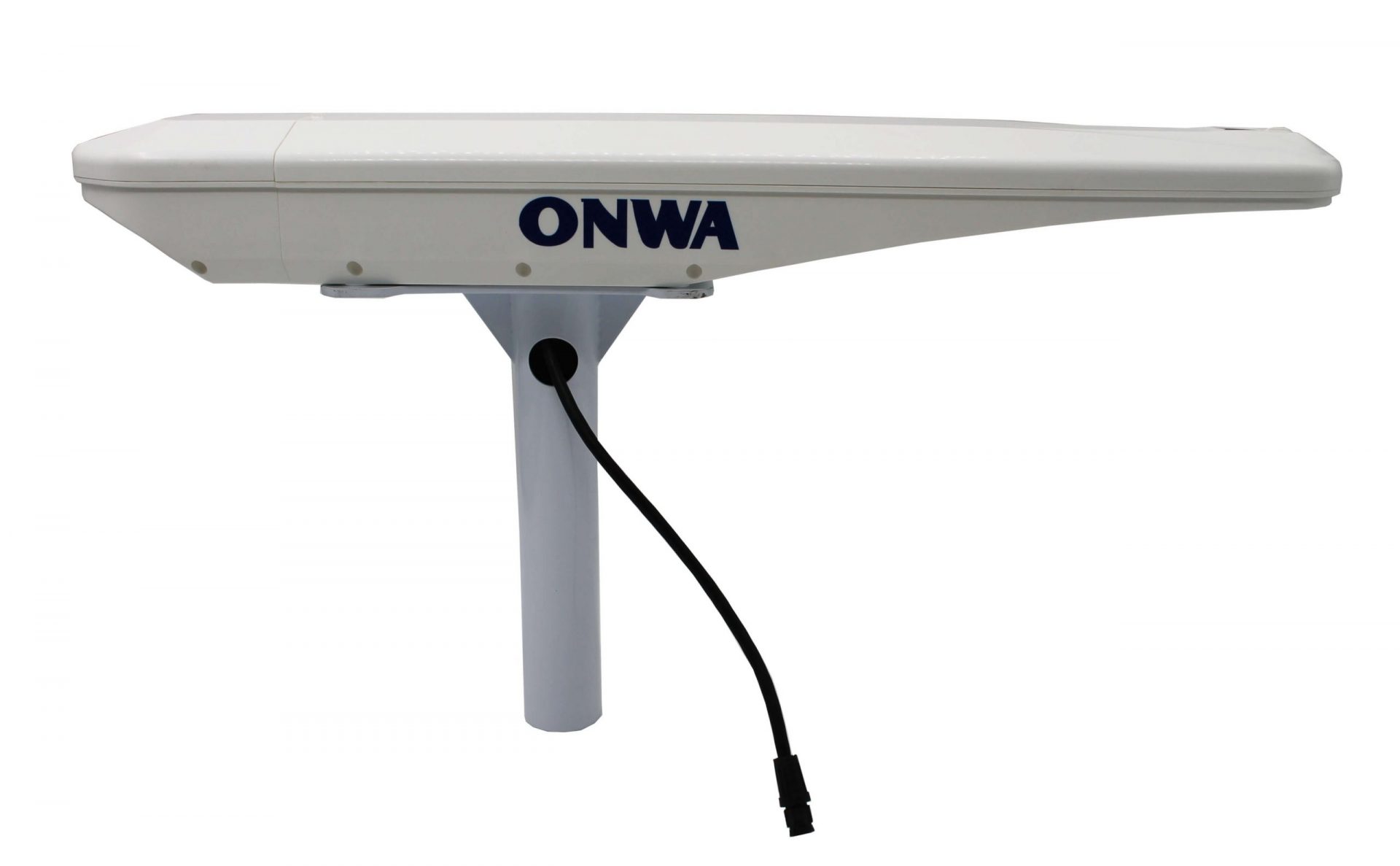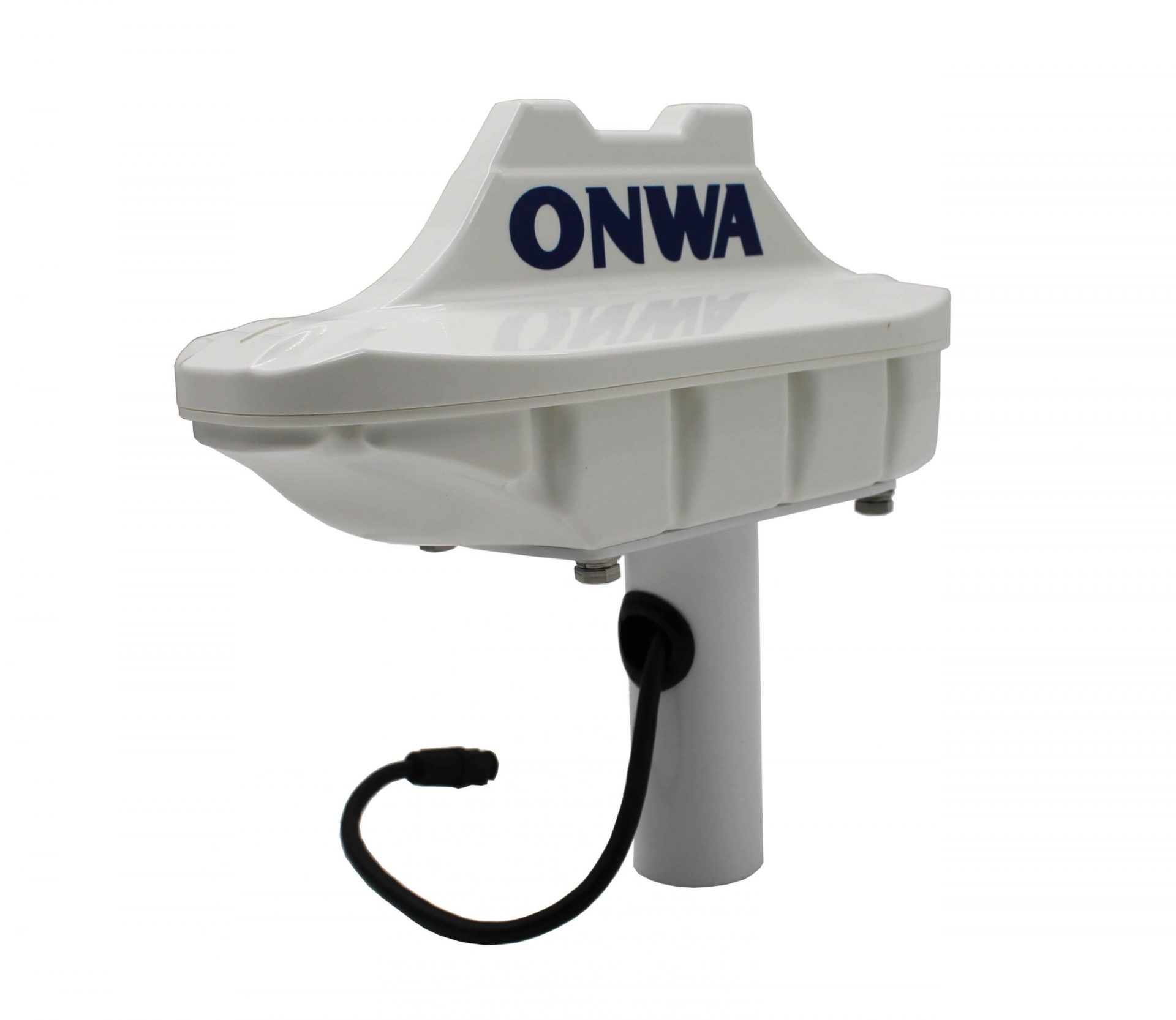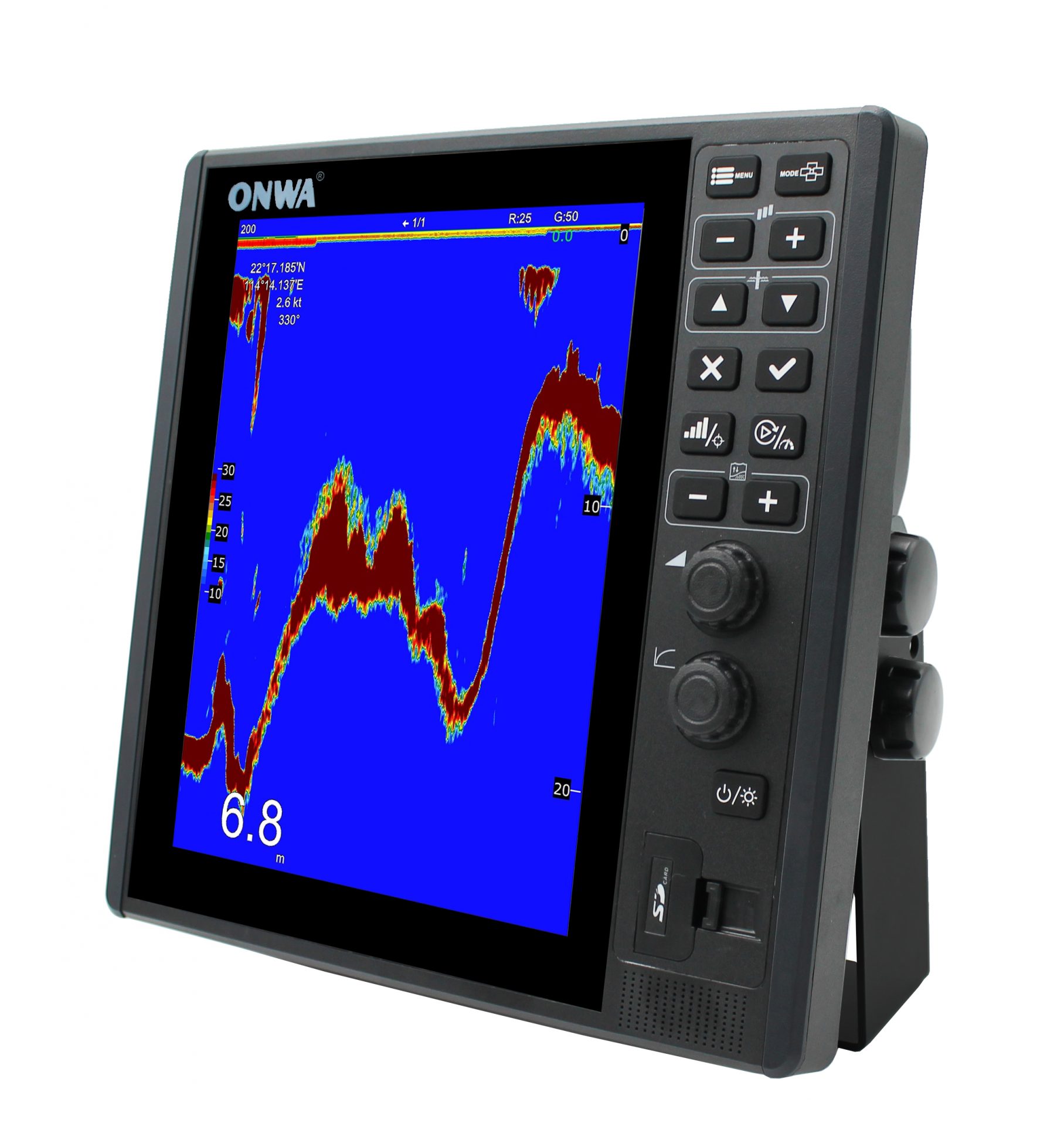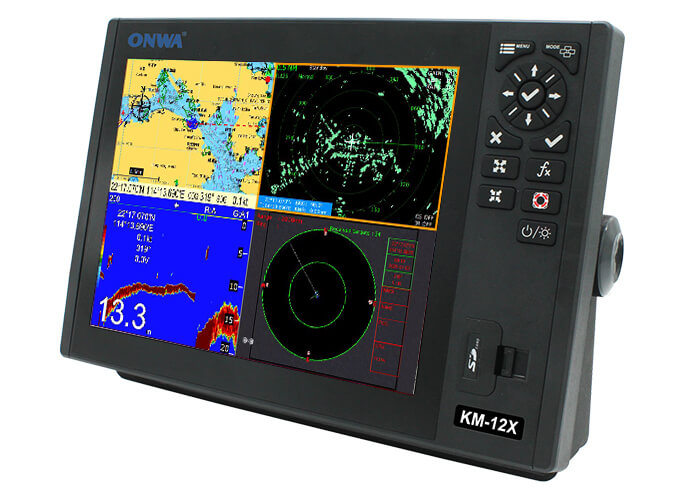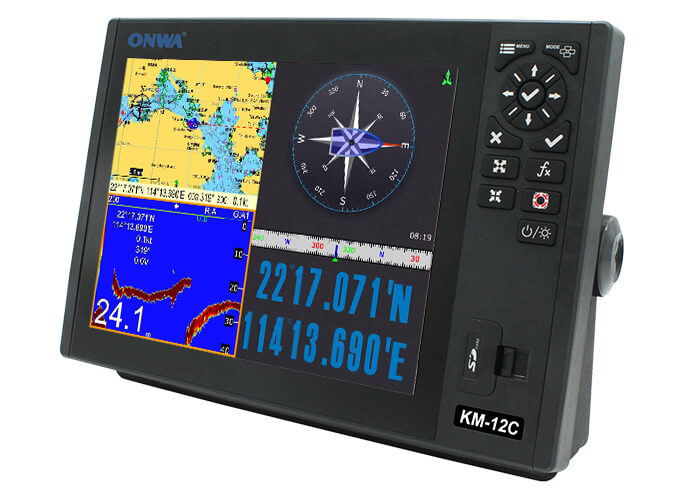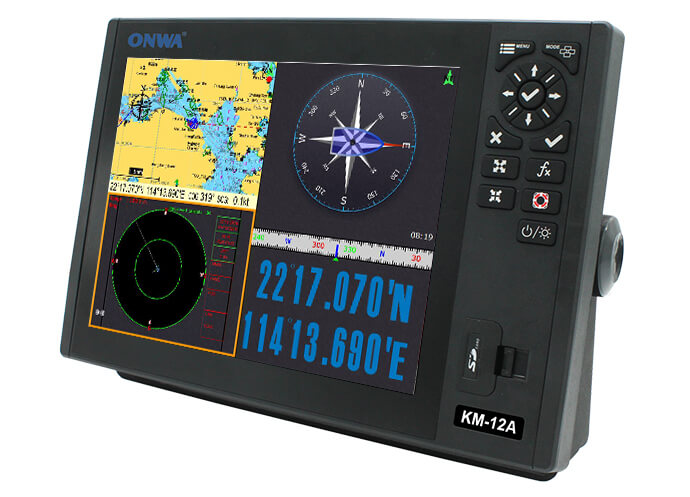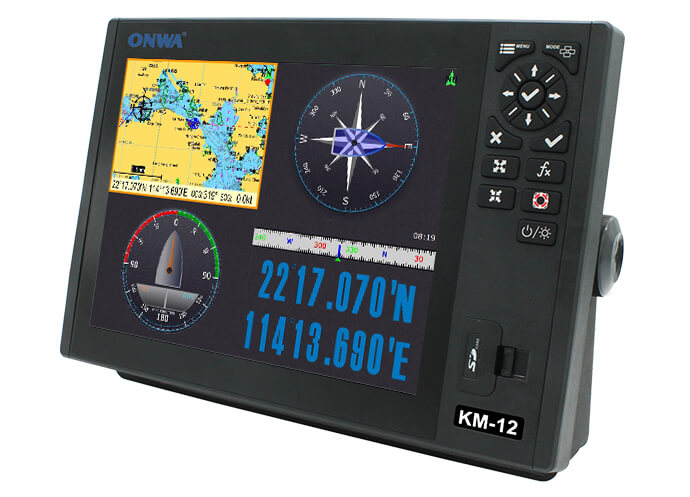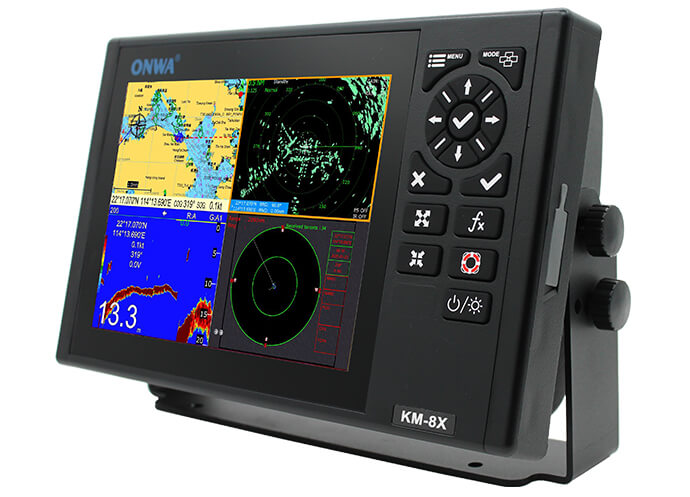What are NMEA0183 Products?
NMEA0183 products represent an important class of marine electronics that follow the specifications of the NMEA 0183 protocol.NMEA0183 Products: A Historical Examination
The Emergence of NMEA0183 Products
NMEA 0183, developed by the National Marine Electronics Association, set an industry standard for the communication between marine electronic devices.Evolution and Adaptability of NMEA0183 Products
Over time, NMEA0183 products have proven their adaptability to evolving technological realms. Their breakthrough ushers a fascinating chronicle of constant updates to the protocol that not only made it more efficient but also bridged gaps between newer and older hardware.Defining the Term - NMEA0183 Products
To cultivate a better understanding, we delve into what exactly NMEA0183 products are.Role and Significance of NMEA0183 Products in Marine Electronics
NMEA0183 products have a crucial role to play within the wider marine electronics ecosystem. By enabling reliable data transfer between disparate devices, they enhance overall system functionality and integrate diverse technical landscapes.Unveiling the Continued Relevance of NMEA0183 Products
Legacy of NMEA0183 Products in Today's Marine Electronics Industry
While newer standards such as NMEA 2000 and others have emerged, the NMEA 0183 protocol and its products remain a significant part of the marine electronics scene because of their deep-rooted establishment and compatibility with various devices.NMEA0183 Products: Reliability and Timelessness amidst Changing Times
Despite the digital transformations in marine technology, the reliability and resilience of NMEA0183 products have ensured their sustained demand.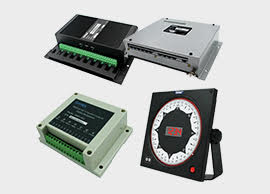
NMEA0183 Products Transition to NMEA 2000
The transition of marine electronics from NMEA0183 products to NMEA 2000 goes far beyond a simple numerical increment. Rather, it is a result of advances in technology and an industry's response to the evolving needs of marine communication.NMEA0183 Products to NMEA 2000: The Role of Converters
Understanding the Purpose of Converters in NMEA0183 Products
NMEA0183 products have served marine electronics well for many years. However, with newer, more advanced devices entering the scene utilizing the NMEA 2000 standard, the need for efficient communication between the two has never been greater. Converters serve as the vital link in this scenario, ensuring seamless communication between NMEA0183 products and their advanced counterparts.The Functionality of Converters in Bridging NMEA0183 Products and NMEA 2000
The functionality of converters goes well beyond enabling communication. They convert and interpret different data formats between NMEA0183 products and NMEA 2000 devices, ensuring that critical navigation information is understood and acted upon correctly by all devices in the network, irrespective of their protocol standard.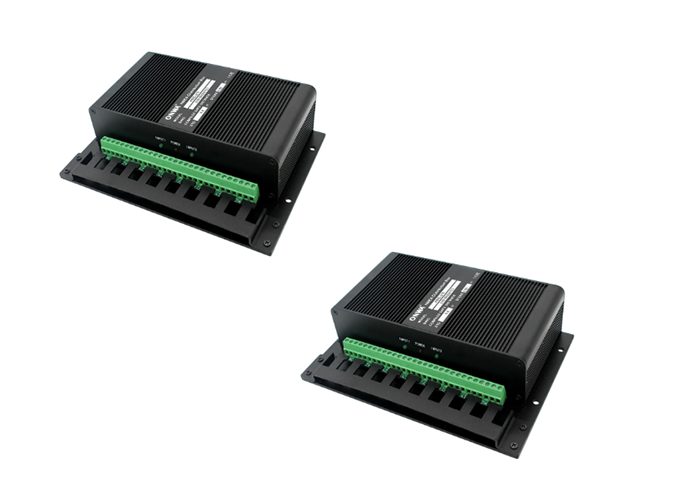
Key Differences Between NMEA0183 Products and NMEA 2000
| Comparison Factors | NMEA0183 Products | NMEA 2000 |
|---|---|---|
| Cabling | Uses separate cables for each device, which may lead to complex wiring | Uses a single cable backbone with standardized connectors, dramatically simplifying network setup and reducing wiring complexity |
| Speed and Data Bandwidth | Have lower data transmission speed and bandwidth | Offers significantly higher speed and data bandwidth, allowing for more data-intensive applications and improved performance |

Yacht Devices NMEA0183 Products Gateway (YDNG-03)
In the realm of marine electronics, ensuring seamless communication and interoperability between devices of different generations is paramount. The Yacht Devices NMEA 0183 products Gateway (YDNG-03) stands out as a pivotal solution in this regard, bridging the technological gap between NMEA 0183 and NMEA 2000 protocols.Unveiling the Features of the YDNG-03 Gateway
Comprehensive Compatibility and Versatility
The YDNG-03 Gateway is designed to integrate with a wide array of NMEA0183 products, providing users with a versatile tool that can handle various data types and device configurations. Its ability to seamlessly connect devices across differing protocol standards is a testament to its comprehensive compatibility and functionality within the marine electronics ecosystem.Streamlined Data Conversion and Processing
At the core of the YDNG-03 Gateway's functionality is its adeptness at converting data formats between NMEA0183 products and NMEA 2000 networks. This capability ensures that critical navigation, weather, and instrument data are accurately translated and transmitted across devices, maintaining the integrity and reliability of the information flow.How the YDNG-03 Enhances Connectivity Between NMEA0183 Products and NMEA 2000 Devices
Facilitating Smooth Integration and Network Expansion
The YDNG-03 Gateway not only functions as a bridge but also as a facilitator of smooth integration and network expansion. By allowing NMEA0183 products to interface with NMEA 2000 networks, it opens up avenues for upgrading older marine electronics systems without the need for complete overhauls—preserving investment while embracing new technologies.Enabling Real-time Data Sharing and Collaboration
Beyond simple connectivity, the YDNG-03 Gateway enhances the collaborative capabilities of marine electronics. It enables real-time data sharing and decision-making processes across a networked environment of mixed-generation devices. This dynamic cooperation between devices ensures that navigators and marine professionals have access to the most comprehensive and current data available for making informed decisions at sea. The Yacht Devices NMEA0183 products Gateway (YDNG-03) embodies a critical step forward in the evolution and integration of marine electronics. Through its sophisticated features and functionality, it not only bridges the gap between different generations of devices but also enhances the overall efficiency, safety, and navigational prowess of maritime operations.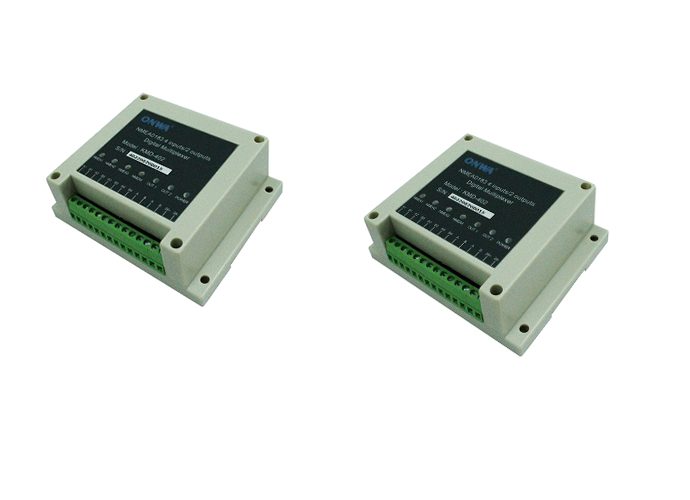
Using Multiplexers in an NMEA0183 Products Setup
In the complex world of marine electronics, ensuring efficient and reliable communication among various navigational and instrument devices is crucial. This is where multiplexers come into play within an NMEA0183 product setup. By intelligently managing data streams between multiple NMEA 0183 devices, multiplexers serve as an essential component in both expanding and streamlining maritime electronic configurations.The Role and Purpose of Multiplexers in NMEA0183 Products
Expanding Connections Beyond Device Limits
One primary purpose of incorporating a multiplexer in an NMEA0183 product setup is to expand the potential connections beyond what individual devices can support. Many older marine electronics are limited in their capacity to connect with multiple devices, creating bottlenecks in data sharing and processing. Multiplexers enable a single connection point for multiple data streams, significantly increasing the potential for comprehensive data integration and utilization.Simplifying Complex Wiring and Installation
In addition to expanding connection capabilities, multiplexers also play a pivotal role in simplifying the often complex wiring systems inherently linked to NMEA0183 products. By reducing the number of physical connections needed between devices, multiplexers not only make installations cleaner and more manageable but also decrease the potential for wiring errors that can disrupt data flow and device functionality.Advantages and Application Scenarios for Multiplexers with NMEA0183 Products
Enhancing Data Coordination and Processing Efficiency
The integration of a multiplexer within an NMEA0183 product setup provides significant advantages in terms of data coordination and processing. By combining data feeds from various sources, such as GPS, AIS receivers, and wind sensors, into a single data stream, multiplexers facilitate a more unified and efficient data processing approach. This coordinated data stream enhances the accuracy and reliability of navigational and environmental information, which is vital for safe and efficient maritime operations.Facilitating Advanced Use Cases and Custom Configurations
Moreover, the use of multiplexers with NMEA0183 products opens the door to advanced use cases and custom configurations that would otherwise be impractical or impossible. For instance, integrating data from older legacy systems with newer, more advanced devices becomes feasible, allowing for a gradual upgrade path without the need for a complete system overhaul. Additionally, multiplexers enable the customization of data streams to suit specific needs, such as prioritizing critical navigation information or filtering redundant data.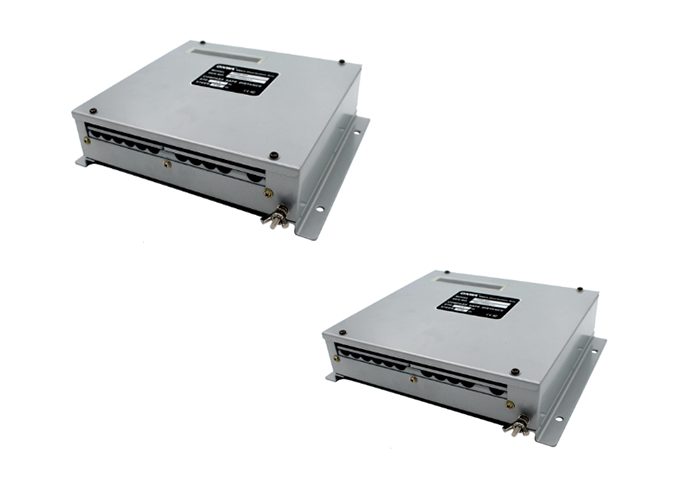
>>Click here view more

